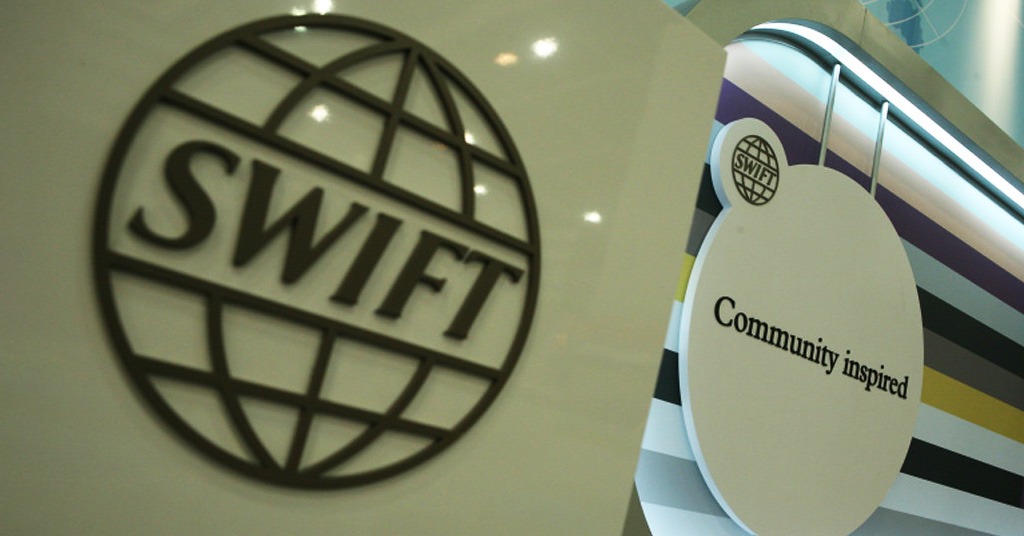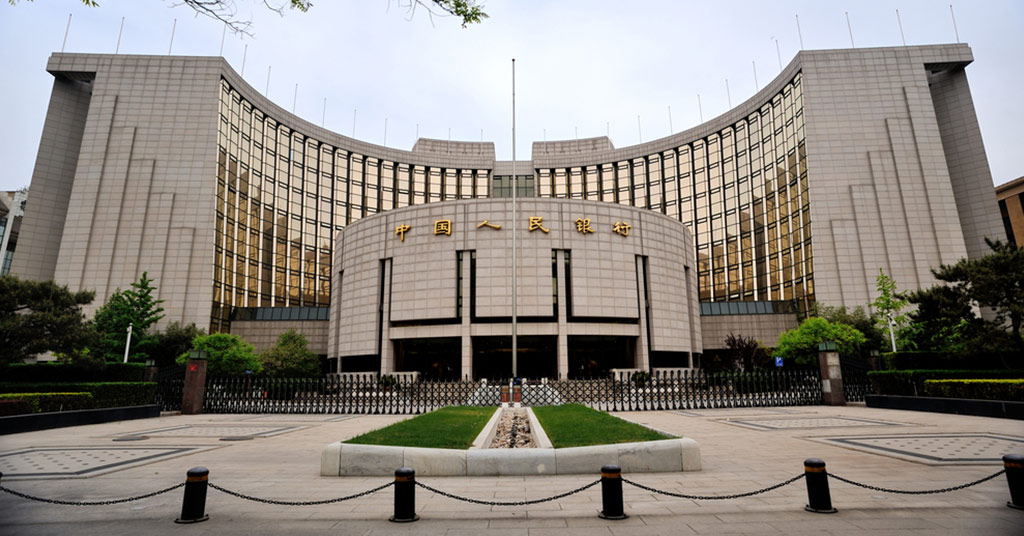Everything you need to know about SWIFT

SWIFT: what is it and how it works. Source: flickr.com
SWIFT stands for Society for Worldwide Interbank Financial Telecommunication, and it is a system that was created in 1973 in Belgium. With its help, banks and financial institutions do not just send money all around the world, but also exchange information without concern for its security and integrity, since all data is transmitted exclusively through encrypted channels. What do users need to know in order to use the system and what features of the network should be taken into account? PaySpace Magazine has decided to consider this issue.
What is it: definition and purpose
We’ve mentioned above that SWIFT is the system which provides a network that enables financial institutions to send and receive information about financial transactions worldwide. SWIFT also sells software and services to financial institutions.
The main objective of the “society” is the exchange of information between banks and financial institutions, as well as carrying out payments in the most secure way at the international level.
Thus, banks use a common encryption system developed by SWIFT to transfer data. The sender sends data via secure channels, and the receiver decrypts it and sends it further to interested users. So banks, for example, specify payment details or exchange information on the purpose of the received or sent amounts.

Banks use a common encryption system developed by SWIFT to transfer data. Source: flickr.com
For private clients, SWIFT transfer makes it possible to make a monetary transaction in foreign currency from their own account, but the most interesting thing about it is that clients can even carry out payment without opening an account.
The SWIFT system is suitable for sending funds when:
- You need to send a large sum abroad with minimum deductions (fees, commission, etc).
- You need to pay for major purchases abroad.
- You need to pay for the services of foreign companies.
- You need to send a large amount of money to private persons for other purposes.
The advantages of SWIFT

The SWIFT banking system was established in 1973 in Belgium. Source: flickr.com
One of the indisputable advantages of SWIFT international payments is their availability in a large number of foreign countries and cooperation with major banks. Due to the fact that the system uses correspondent banks, it is possible to send and receive a SWIFT transfer even in a bank that does not directly cooperate with the system. There are some other positive aspects of using this system:
- accuracy of transfer delivery – funds will be safely delivered to the specified account
- security – the system securely stores confidential customer data;
- the guarantee of timely delivery of funds;
- a wide selection of currencies;
- the ability to send a transfer to the accounts of both natural and legal persons;
- relatively small fees when it comes to sending large sums of money.
Historical overview
The SWIFT banking system was established in 1973 in Belgium. At the time of its creation, it included almost 250 banks from 15 countries. As of 2010, over 9,000 credit institutions from 209 countries were members of the organization. To date, the number of participants has exceeded 10,000. The SWIFT central office is located in Brussels.
The annual volume of payments through the organization exceeds 2.5B transactions.
Regulatory framework
First, it all depends on the country you live in, so the local regulatory laws are the major issue. Some countries have more lenient laws, some states use more strict rules, so, first of all, you have to check the legal framework of your country. Mostly, the laws regulate the amount of a transaction and exchange/currency control.

Mostly, the laws regulate the amount of a transaction and exchange/currency control. Source: shutterstock.com
How the system works & currency features
In order to carry out a transaction, you need to understand how the system works, and the practical nuances of the sending process.
You can send money using the SWIFT system in any desired currency. In this case, a conversion fee will be charged (recalculation of the amount of money when converting from one currency to another).
According to the law, when converting currency between the sending and receiving financial institutions, it is necessary to use an intermediary (a third-party institution). A correspondent bank is a credit institution, which uses the desired currency as the national one. For example, when sending Euros from Belarus to Croatia, an intermediary bank may be a credit institution from Germany.
How to send
Each bank in the system has its own unique SWIFT code. When sending a payment, funds are credited directly to the account of the natural/legal person the sender intends to remit to. The sender has the opportunity to choose the transfer currency regardless of the currency in which the transfer is initially made.
This is what you have to do to send money:
- choose the sending bank;
- apply to the representative office with a passport or other id;
- determine (taking into account legislative restrictions) whether the transfer will be from the account or if you can implement transfer without opening one;
- provide recipient details;
- provide documents substantiating the payment (only if it is needed, e.g. at the request of the bank).

Provide documents substantiating the payment. Source: pixabay.com
Required details:
- SWIFT code of the receiving bank, and its full name;
- full name of the recipient (if you send funds to a private person);
- the name of the company (if you send funds to a legal person);
- IBAN;
- SWIFT code of an intermediary bank and its full name (if necessary);
- Address of the recipient and participating financial institutions (upon request).
- All details (including the purpose of payment) must be entered in English.
SWIFT code
Each participant in the system has a unique SWIFT code (or SWIFT ID). It is a number by which a credit institution is identified in the system.
Cost of the service
Most banking institutions charge the transfer fee from the sender. Each bank has its own tariffs (a fee depends on the amount of the sum you’re going to send).
Alternatives
In reality, the system works well enough, so it is hard to find a real substitution now. However, some countries have some issues about the total control of it.

European companies have managed to establish strong trade and economic ties with Tehran. Source: shutterstock.com
For example, American sanctions against Iran once again have made the European Union face a difficult choice. On the one hand, the EU is moving toe-to-toe with the United States. On the other hand, European companies have managed to establish strong trade and economic ties with Tehran. The EU does not want to sacrifice its interests and therefore has introduced a blocking regulation that should protect its companies from US sanctions against Iran. As a result, the German Minister of Foreign affairs Heiko Maas, for the same purpose, has proposed the European Union creates its own analogue of the SWIFT payment data transfer system, which will not be dependent on the United States. However, in reality, the feasibility of such an initiative is being questioned for many reasons.
Precedents for creating an alternative SWIFT already exist. In 2015, The People’s Bank of China launched its system (China International Payment System or Cross-border Interbank Payment System). On October 8, 2015, the first foreign transfer in RMB from Beijing to Luxembourg was made (the recipient was IKEA). At that time, a lot of people called this system the “SWIFT killer.” It allows you to pay in RMB directly to the Chinese and their foreign partners. Equally important is the fact that the use of its own transaction system allows China to protect data on financial transfers from the United States.

In 2015, China International Payment System or Cross-border Interbank Payment System launched. Source: shutterstock.com
By the way, in Russia, banks have also begun testing their data exchange systems, and the idea of forming a common international payment system with China is being discussed.
Given these trends, a lot of things will depend on the position of SWIFT’s policy, although it will not solve the problem of US sanctions against EU companies interacting with Iran. Thus, it drives European businessmen into a corner, who, unlike politicians, are not ready to sacrifice money in order to maintain the image of independent players.
SEE ALSO:









